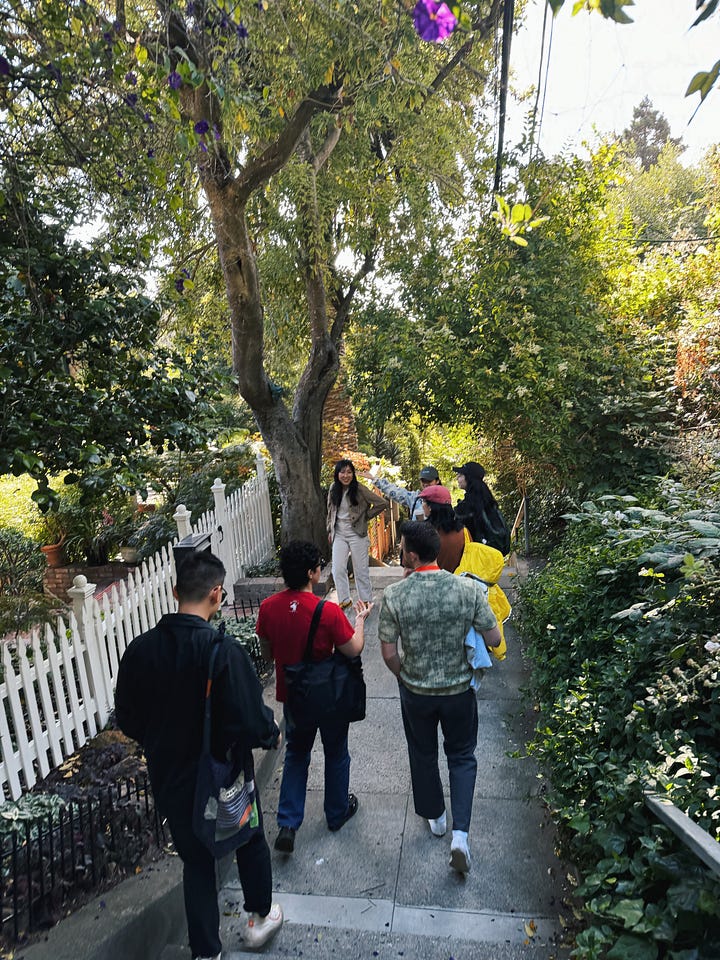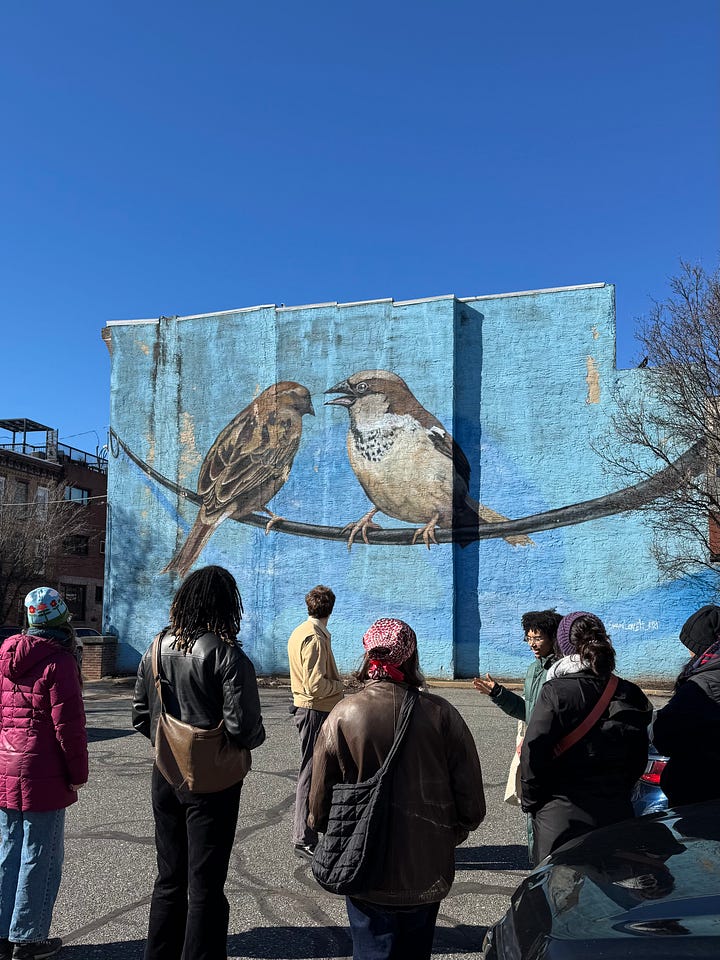For the past two years, we’ve been thinking about the future of maps.
As technology has changed the world around us, it’s democratized how people can adapt, build, and customize tools that solve their biggest needs. But that hasn’t quite happened with maps.
How can maps feel more customizable and flexible to our needs? How can maps feel more personal and inspirational? And, given the technological changes happening, how is AI changing maps?
Today, digital maps feel more like a phone book or an online directory when we wish they would inspire us to get out into the world and foster genuine connections between people and places.
Today, we’re announcing two new products on PamPam that will help serve that purpose:
Atlas is an AI map that brands and communities can use to share their local knowledge, powered by your unique data.
Agents will help you discover place-based recommendations on a map by asking questions in PamPam, enabled by external sources, starting with ChatGPT, Wikipedia, and more.
Together, these new products show how we think a new map should look and feel.
How we got here
We started PamPam because we felt that the map had gotten stale. They felt inflexible and impersonal. It’s been fascinating watching people use PamPam. We initially thought people would share guides and lists—which they did. But, we started to see more brands and local organizations using it to share places and resources for their community.
Here’s just a sampling of the ways we’ve enabled brands and communities to showcase their areas best:
Goodthings based in Philadelphia, shares local, curated events happening in the city.
Social Ride Map is keeping the wheels turning by sharing local cycling clubs across France.
Oh, What A Match! shares city matchbook lists with phillumenists (aka matchbook collectors) around the world.
What is the new map?
We think the new map is a map that connects people to local life. We believe that involves:
A map that’s actionable.
A map that’s dynamic.
A map that’s community-powered.
Let’s explore each of these points further.
1. Maps that make you move
Maps should move us, literally.
People pull up a map when they are ready to go somewhere, but maps today feel strictly utilitarian. What if a map could inspire you to get outside? This matters now more than ever. The statistics are alarming:
According to a recent study, compared to 2003, people spend 120 minutes more per day at home. This can lead to loneliness and a lack of connection to their community.
Teenagers spend 70% less time in person with their friends than two decades ago.
One-in-two Americans report feeling loneliness. (Source)
We believe the solution isn't simply telling people to "go outside" – we need to reimagine how technology can make the world more inviting and accessible.


One way we envision that is by using maps to give more reasons for people to get outside. One inspiration is la passeggiata, an Italian tradition of strolling outdoors. It's a social activity that involves people-watching, window shopping, and chatting with friends.
Whether it’s the Italian art of strolling in the past or joining a running club today, people seek purpose in outdoor activities. This insight helped shape our previous project, Wanderprompts, and continues to guide our work with PamPam’s evolution and our On a Walk series.
Open up the map in Pam, and you’ll see new suggestions depending on your location — and people can ask follow-up questions about specific places or itineraries.
2. A map that’s dynamic, intelligent, and powered by AI
Today, maps are fixed and constrained. They are difficult to edit, update, or customize. We think maps should feel flexible and dynamic. And now, with AI, they can feel even more dynamic.
Agents will help you discover place-based recommendations on a map by asking questions in PamPam, enabled by external sources, starting with ChatGPT, Wikipedia, and more.
Big Maps limits your exploration by what fixed data they decide to include. With Pam, you can add multiple sources or connect maps to new sources that you prefer. So, if you’re a biking enthusiast, follow a cycling map. If you’re a historian, let Wikipedia guide you around some historical sites. Or, choose your adventure and add your favorite spots.
3. A map that’s community-powered
For centuries, maps have been written from singular perspectives – often by those in power or seeking power — by colonizers and outsiders. Today, we face a different kind of monopoly as Google Maps and Apple Maps dominate how we see and move about the world around us.
But something interesting is happening: almost 40% of young people bypass digital maps, turning to TikTok and Instagram for location-based recommendations (Source). Why? Because they trust community knowledge over corporate databases.
We believe the future of maps is pluralistic—where every community can share its unique perspective of the world. Just imagine:
Maps written by locals who know every hidden corner
Maps tailored to specific communities and interests
Maps powered by real, on-the-ground experience
With Atlas, communities, brands, and organizations can create maps with many of their data points. All they need is a spreadsheet of addresses to get started. Atlas leverages AI to help make sense of the data, categorize it, and make it accessible to people. In this world, AI is not replacing human knowledge but making it more accessible than ever before.
Looking ahead
We have lots more planned to connect people to local life. Until then, we think our new map is helping move toward that goal by building:
A map that inspires you to go outside and connect.
A map that’s as dynamic as the places we call home.
A map that’s community-powered—for us, by us.
We’d love your feedback. What’d we get wrong? What are our pitfalls? How are you using the map to explore the world around you and meet people in unique ways? Please share your story, ideas, and comments with us.








Exciting stuff guys! When are you guys launching in the UK?